Wondering when your little adventurer can safely cross the street solo? It’s a big step for their independence—and your peace of mind! Let’s unlock this milestone together with some expert-backed insights.
Understanding Developmental Milestones

Children reach developmental milestones at different paces, but there is a consensus among child psychologists and pediatricians regarding the age when most children are ready to cross the street alone. It is generally agreed that by the age of 10 to 12 years, children have developed the necessary cognitive skills to judge speed and distance, which are critical when navigating road crossings.
The Role of Cognitive Abilities in Traffic Navigation
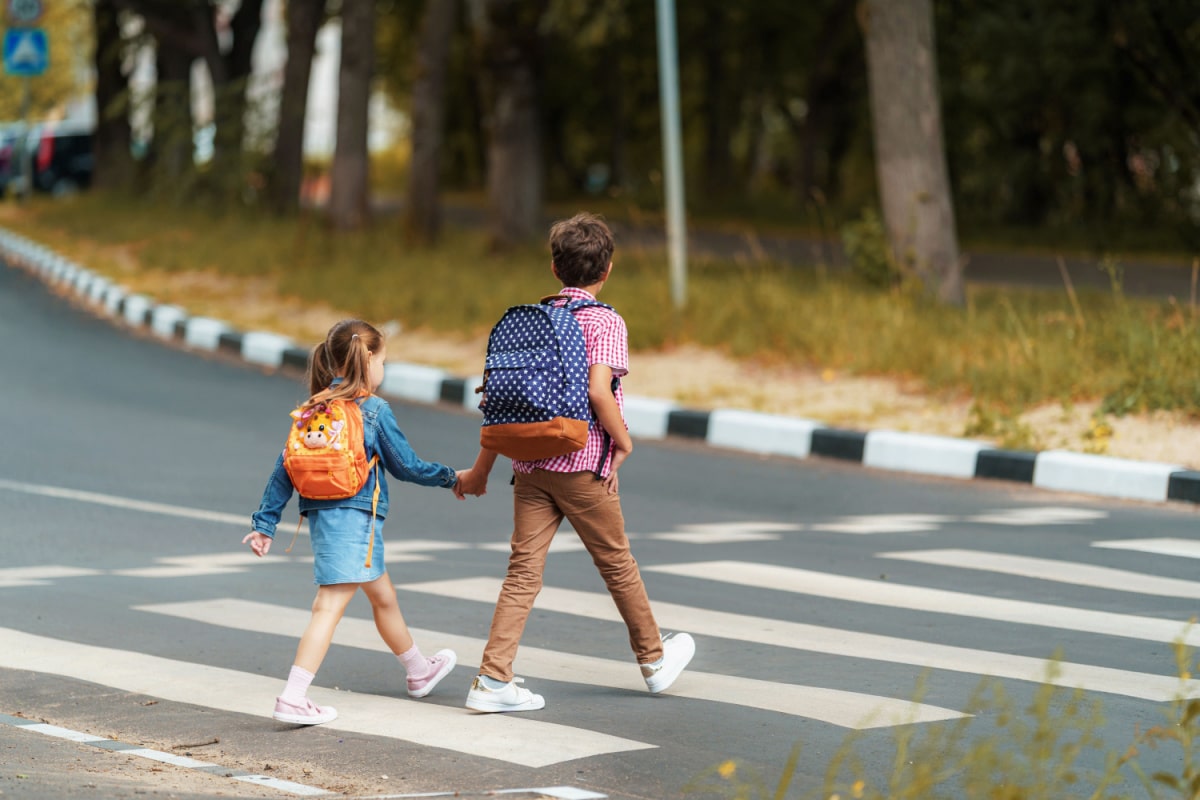
Before children can safely cross the street without supervision, they must possess certain cognitive abilities. These include the capacity to accurately perceive the speed of oncoming vehicles, estimate the time needed to cross safely, and understand the potential risks involved. These cognitive skills typically begin to mature around the age of 10.
Psychomotor Coordination and Its Importance

In addition to cognitive skills, psychomotor coordination plays a crucial role. This refers to the child’s ability to coordinate their perception with their motor responses, such as timing their steps and gauging when to start walking. Mastery of psychomotor coordination is essential before a child can cross the street alone.
The Influence of Experience and Education
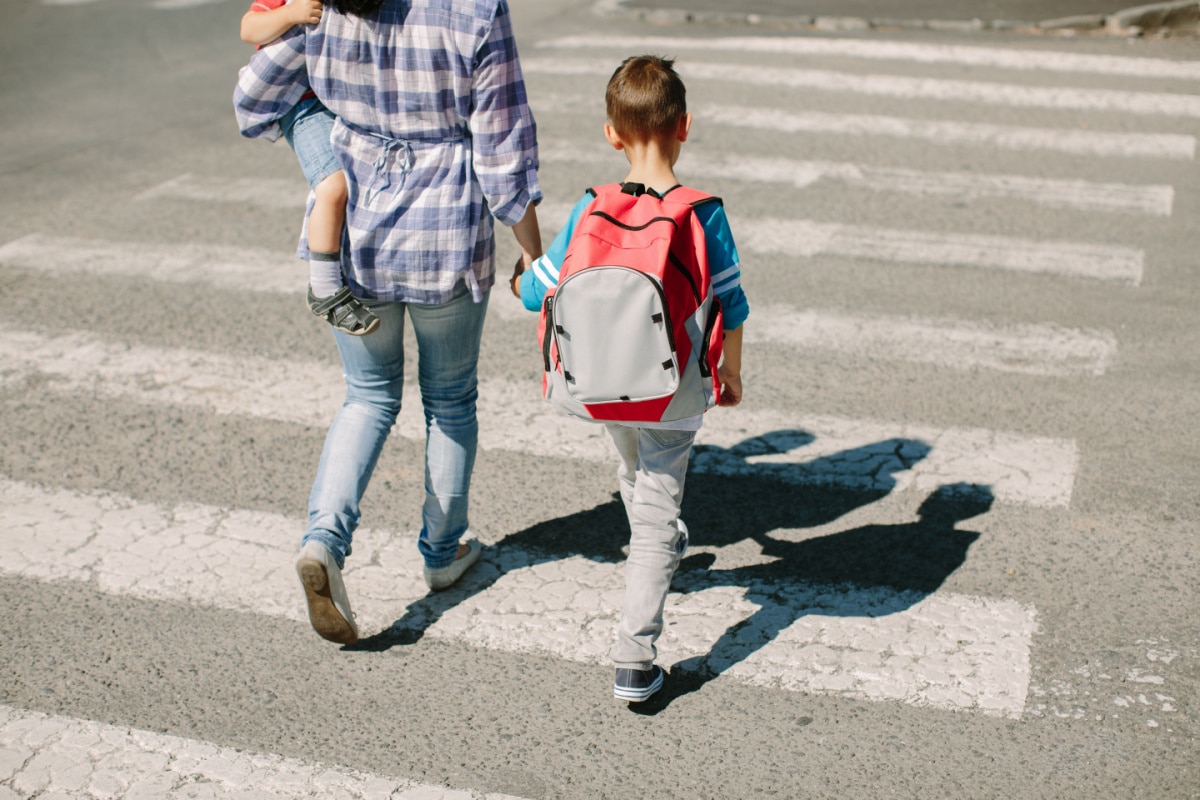
Experience and education are indispensable in preparing children to cross the street safely. Prior to reaching the age where they can do so alone, children should be educated on road safety rules and practice crossing streets with an adult. This hands-on learning is as crucial as reaching the appropriate age.
Environmental Factors and Their Impact
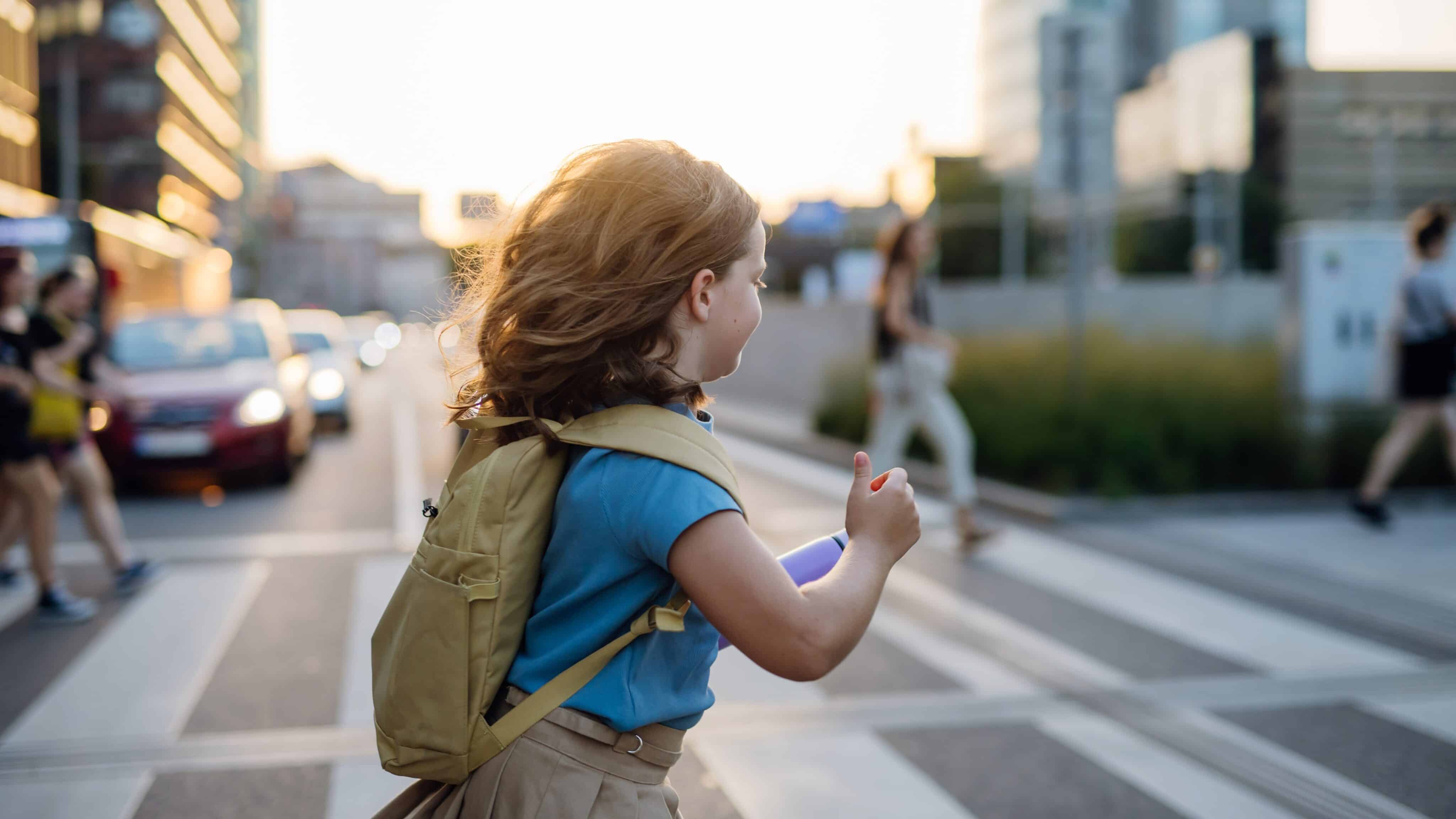
The environment in which a child grows up can significantly impact their readiness to cross the street alone. Children raised in urban areas with busy streets may become adept at navigating traffic earlier than those from quieter, rural areas. However, the age of 10 to 12 remains a recommended benchmark for all environments.
The Significance of Individual Assessment
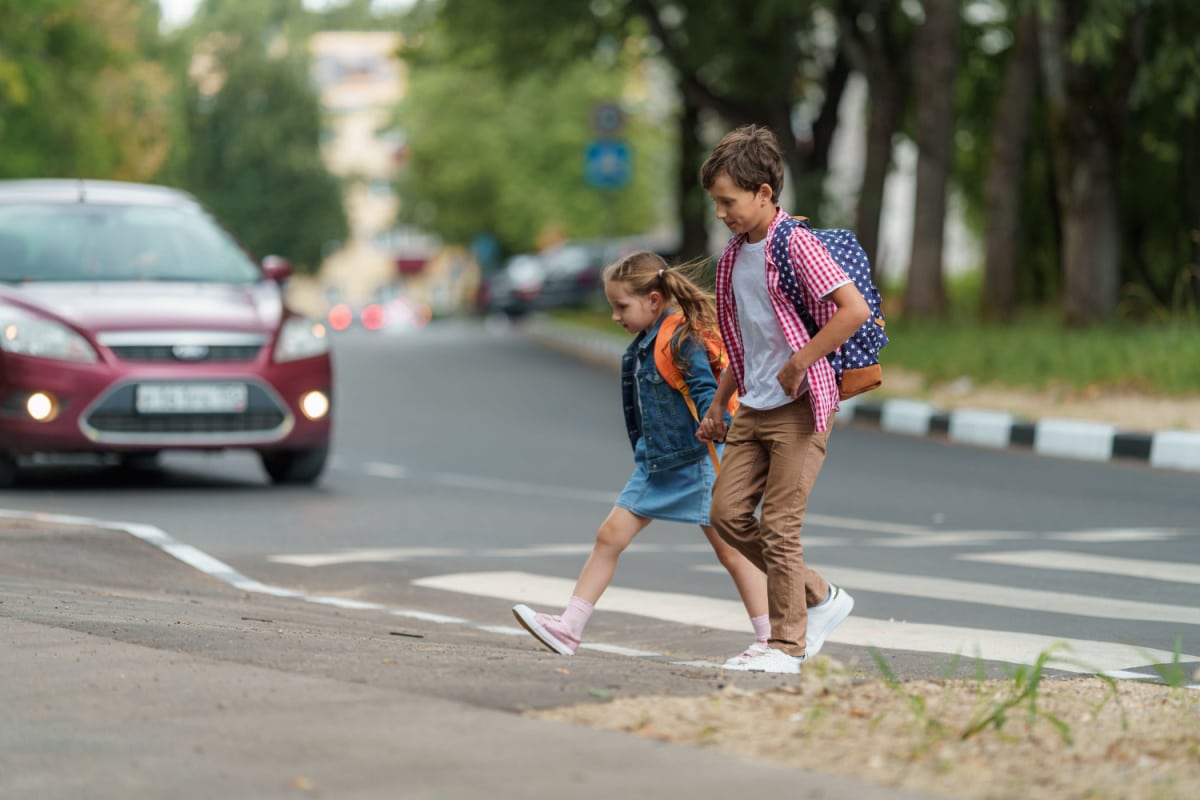
While age provides a general guideline, individual assessment is paramount. Some children may demonstrate the necessary skills before the age of 10, while others may need more time. Parents and guardians must evaluate their child’s individual readiness, considering their judgment, confidence, and understanding of safety protocols.
Legal Considerations and Parental Guidance

Legal age requirements for children to be unsupervised vary by region and should be considered alongside parental judgment. Regardless of the law, parental guidance remains critical in ensuring that children are truly ready to take this step towards independence.
The Transition to Independence: A Gradual Process
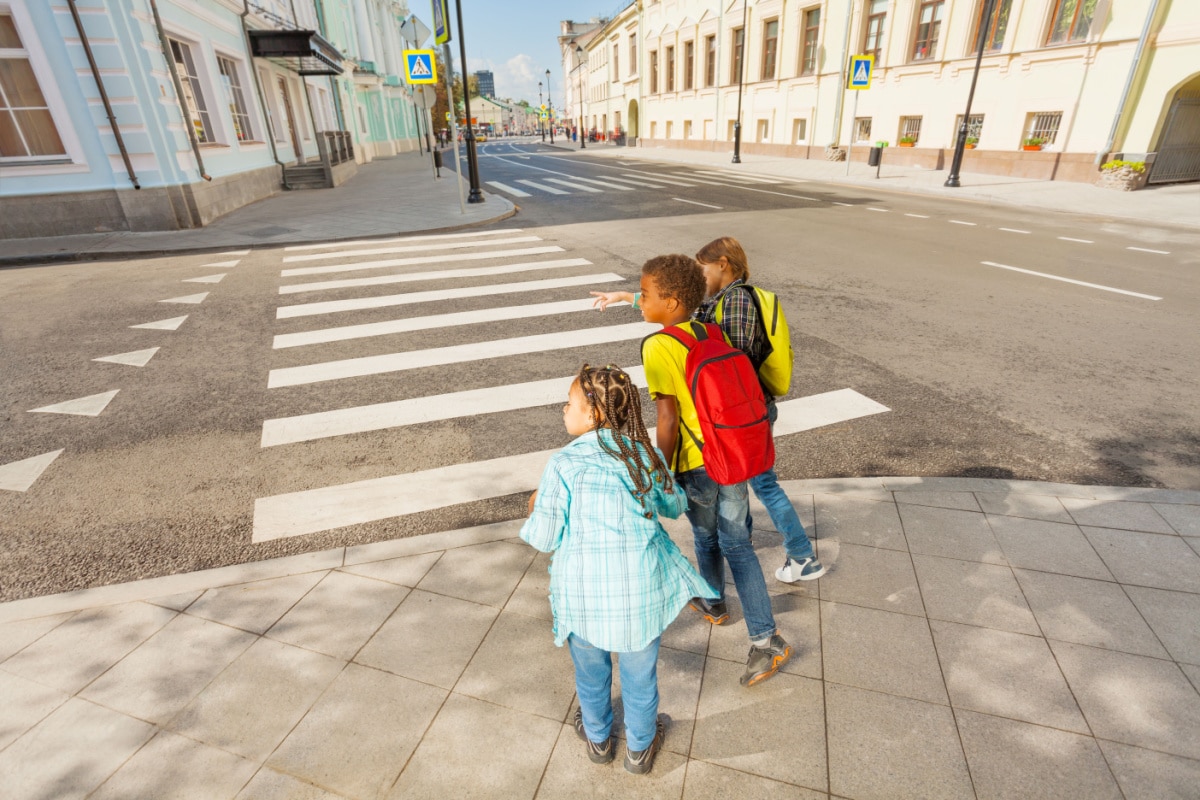
Transitioning to crossing the street alone should be a gradual process. Starting with quiet, less busy streets and progressively moving to busier intersections can help children build confidence and competence in their ability to navigate streets safely.
The Role of Technology in Child Safety

In today’s digital age, technology can assist in ensuring child safety. GPS trackers and mobile communication can provide an additional layer of security as children begin to navigate crossing streets independently.
Conclusion: Balancing Safety with Independence
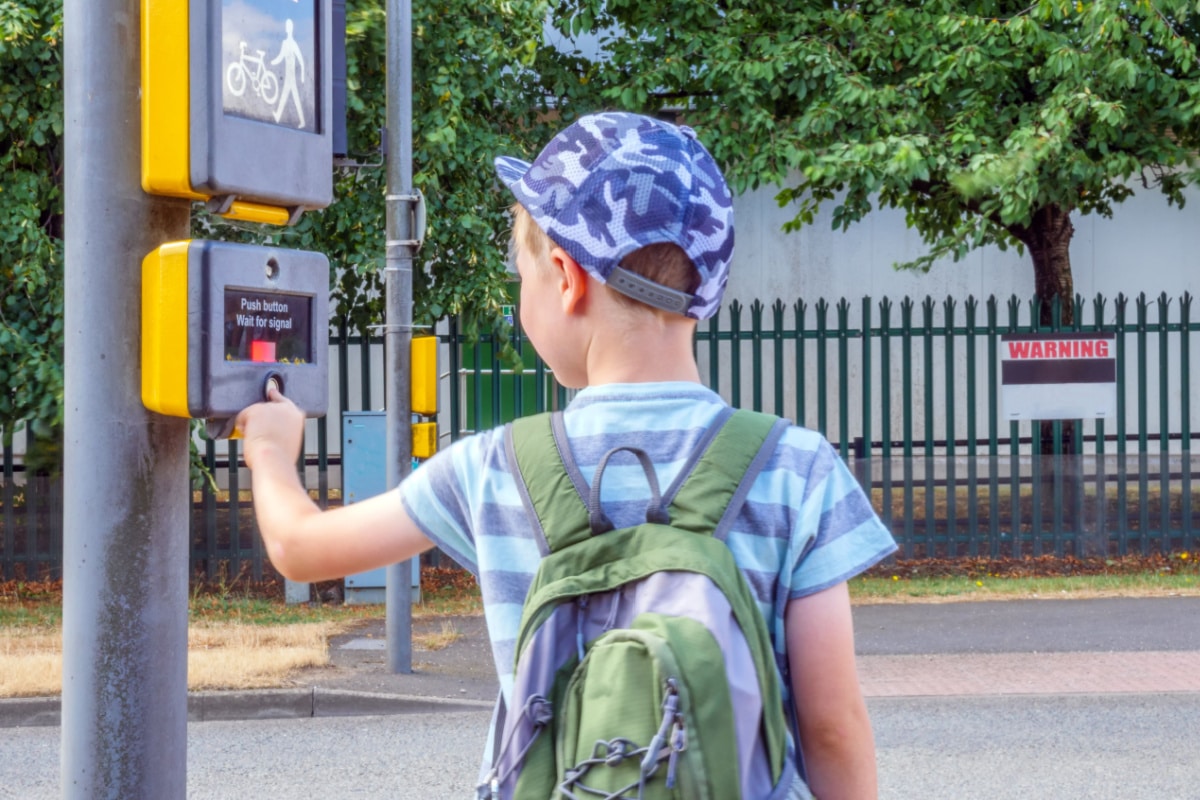
Deciding when children are ready to cross the street alone is a delicate balance between ensuring their safety and fostering their independence. By the age of 10 to 12 years, most children have developed the requisite skills to navigate this task safely. However, individual readiness, coupled with education, experience, and parental guidance, is the ultimate determinant.






